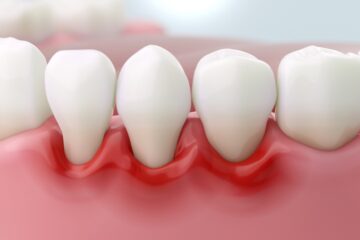sGum disease, or periodontal disease, is a common issue caused by plaque buildup that leads to inflammation, infection, and, in severe cases, tooth loss. Two main treatments used to manage this condition are deep cleaning (scaling and root planing) and laser gum treatment. Understanding the differences can help you choose the right approach.
Deep Cleaning (Scaling & Root Planing)
This is a non-surgical procedure where plaque and tartar are removed from beneath the gum line, and tooth roots are smoothed to help gums reattach.
Pros:
- Minimally invasive and often done under local anesthesia
- Cost-effective and widely available
- Backed by years of clinical success
Cons:
- May cause temporary soreness, swelling, or bleeding
- May require multiple sessions depending on severity
Laser Gum Treatment
A more advanced method using laser technology to target infected tissue and bacteria while preserving healthy gum.
Pros:
- Precise and less invasive than traditional methods
- Shorter recovery time with minimal discomfort
- Suitable for advanced gum disease where surgery might otherwise be needed
Cons:
- Higher cost due to specialized equipment
- Not offered in all dental clinics
How to Decide?
- For early to moderate gum disease, deep cleaning is usually effective.
- For advanced cases, or if you prefer less discomfort and quicker healing, laser therapy may be a better choice.
- Your decision may also depend on your budget, access to technology, and your dentist’s recommendation.
Final Thoughts
Both treatments aim to control gum disease and prevent further damage. Early diagnosis and the right treatment plan can save your teeth and protect your overall health. Speak with your dentist or periodontist to determine which approach is best for your unique situation.




